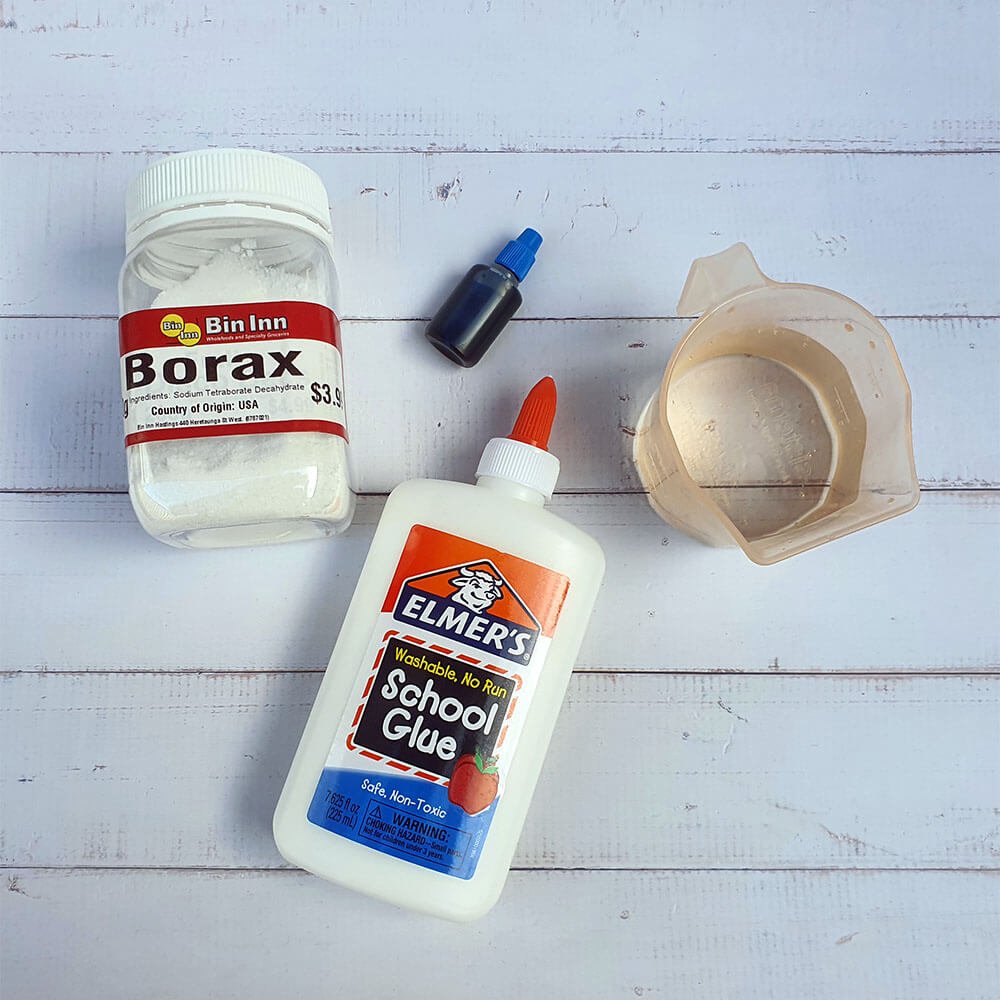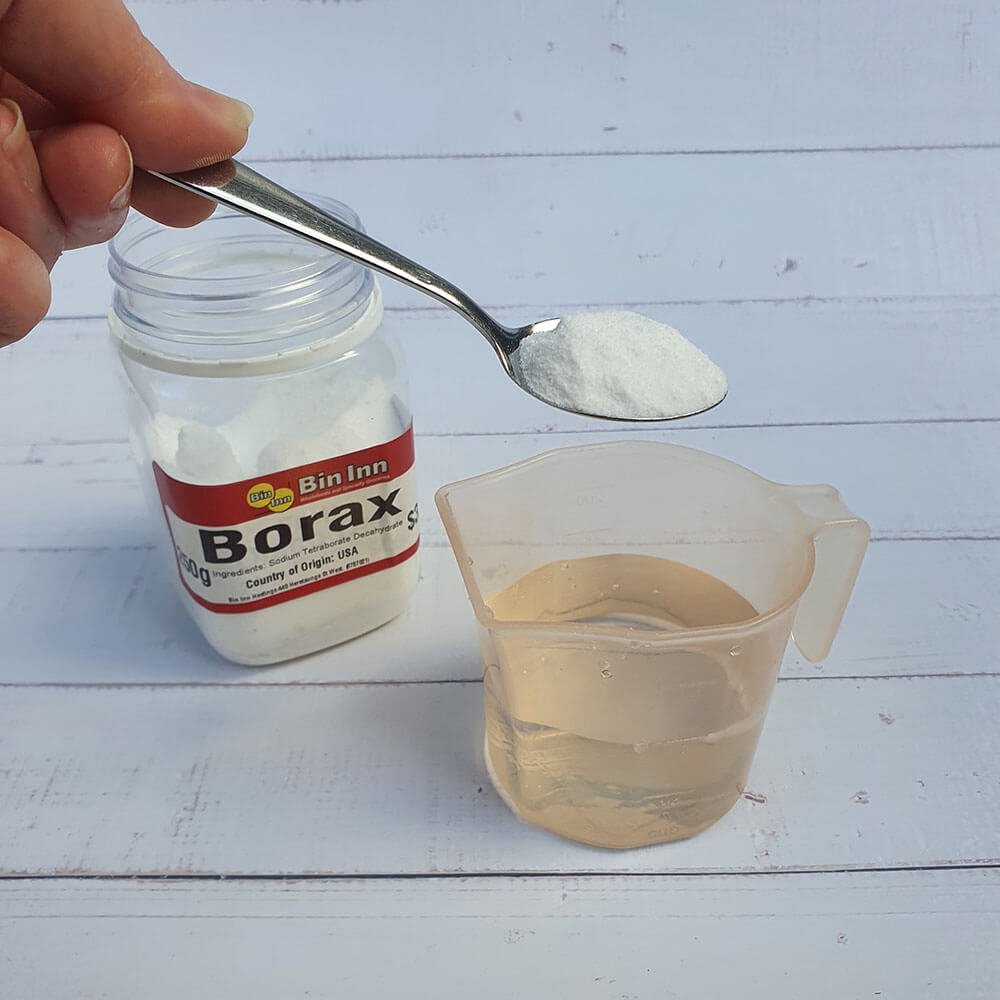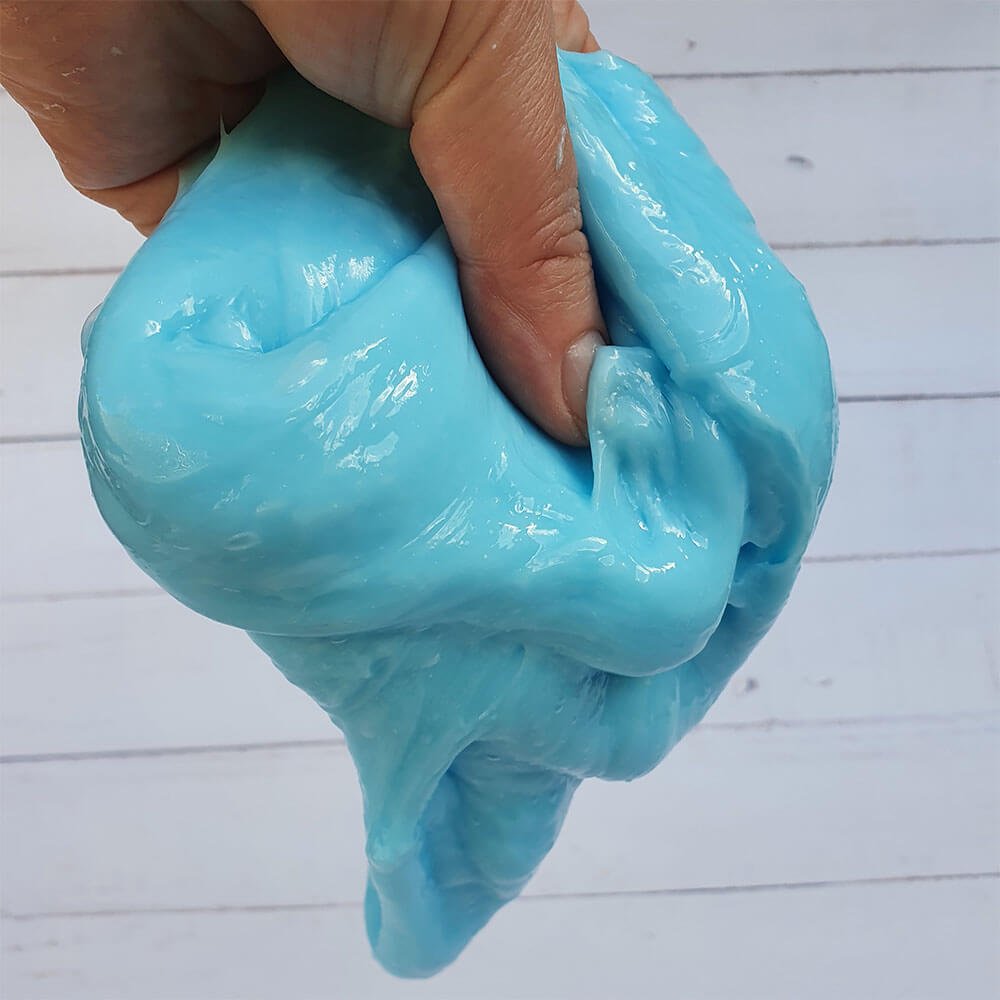Scouts Aotearoa Slime Science Experiment
A natural version of slime is found in your body… it’s what you blow out of your nose! But, if playing with your snot sounds gross (it is!), try using these instructions to make your own play-friendly slime and discover the science behind polymers!
Special thanks to Scouts Aotearoa for sponsoring this activity.
What you need…
1/2 cup PVA glue
PVA glue is different from other glue as it doesn’t have alcohol in it. If you use glue that has alcohol in it this experiment won’t work.1/2 cup warm water
Food colouring
1/2 cup hot water
1 teaspoon Borax (we picked ours up from Bin Inn).
IMPORTANT: Never play with slime on carpet or fabric surfaces. Slime particles can break free from the main ball and, if left behind, can dry out and permanently stain fabrics and carpets.
What to do…
Add half a cup of PVA glue to a medium bowl.
Mix in half a cup of warm water until the glue and water are completely combined.
Add a few drops of food colouring to the mixture and stir to combine.
Note: You can also experiment and add glitter at this stage.In a cup, combine 1 teaspoon of Borax with half a cup of hot water. Stir until all the Borax crystals have dissolved into the water.
Slowly pour the Borax solution into the glue mixture and mix immediately.
The solution will start to come together the moment you add the Boraz solution, but it can take quite a bit of stirring before the slime is no longer watery - keep at it! Once most of the mixture has come together, you can even use your hands to knead it until it’s no longer watery.Once the solution has combined into slime you can take it out of the bowl and enjoy playing with it.
When you’re finished playing, you can store your slime in a resealable bag or airtight container. The slime should last a few weeks (up to a month, if stored properly).
What we learn…
When you pour slime (or let it ooze through your fingers), it flows like a liquid - this is also known as having a low viscosity.
BUT, when you squeeze your slime, or pound it with your fist, it feels harder… like a wet solid. This is because when you apply stress to the slime you are squeezing the particles in the slime together. This makes it harder for the particles to slide against each other.
Slime moves like a liquid BUT unlike other liquids, it’s ability to flow (or it’s viscosity) is not constant. Scientists call a material that changes viscosity (its ability to flow) a “non-Newtonian fluid”.
When we mix the chemicals found in PVA glue, water and borax to make our slime, we are creating a polymer.
Polymers are molecules that act as a net, with molecules sliding against each other.
Did you give it a go?
Send us a photo of your homemade slime in use and you might find your picture featured in a future issue of Upstart magazine OR on Upstart online… AND win a prize!
Scouts Aotearoa empower…
We empower youth through adventurous experiences to lead lives that make a positive difference.
Scouts welcome young people between 5 and 26 and is open to all genders, ethnicities, religions, and abilities. All you need is a sense of adventure and fun!
The Scouts programme is designed to give you ownership of your own adventures.
We want every young person to feel empowered, have adventurous experiences and play an active part in improving their communities















